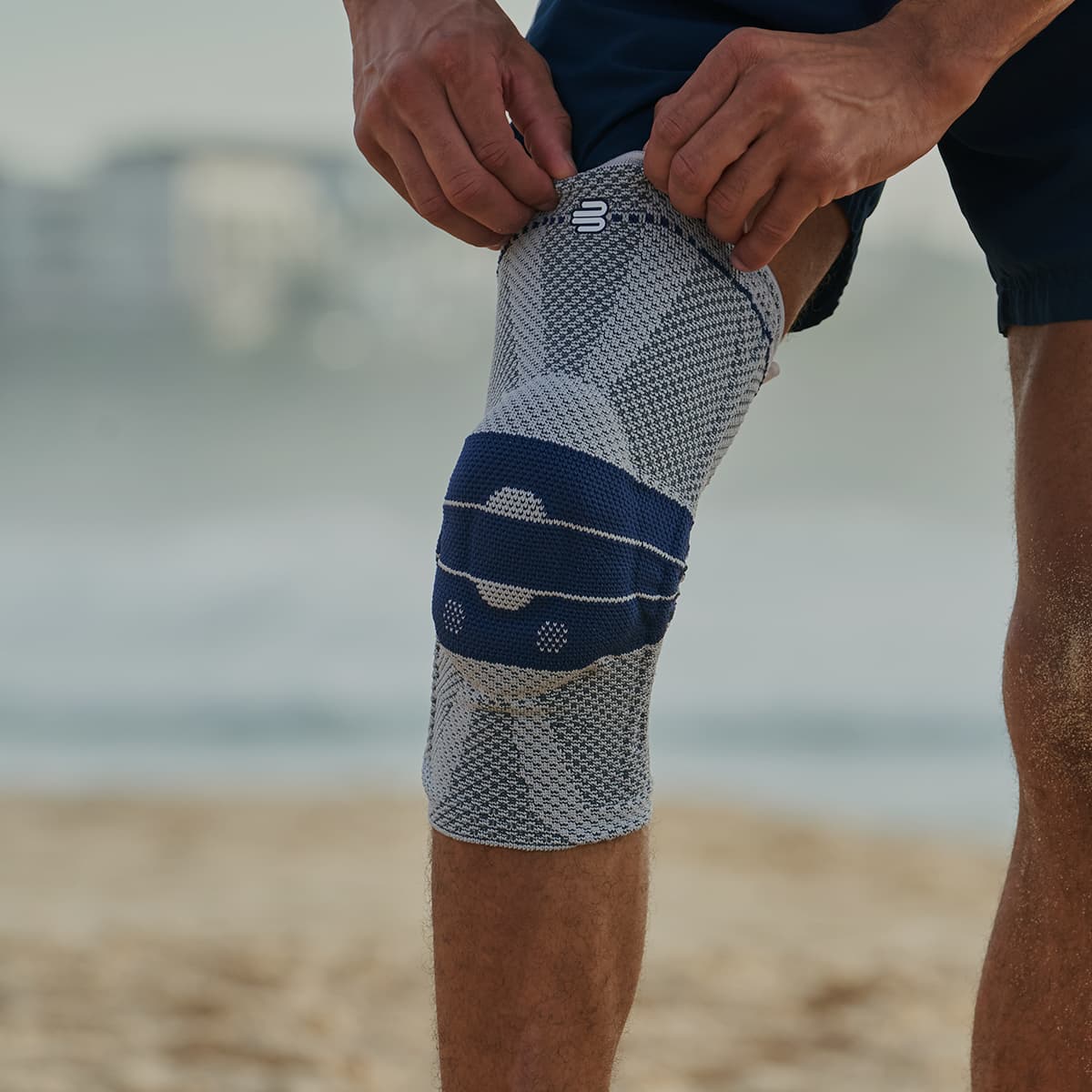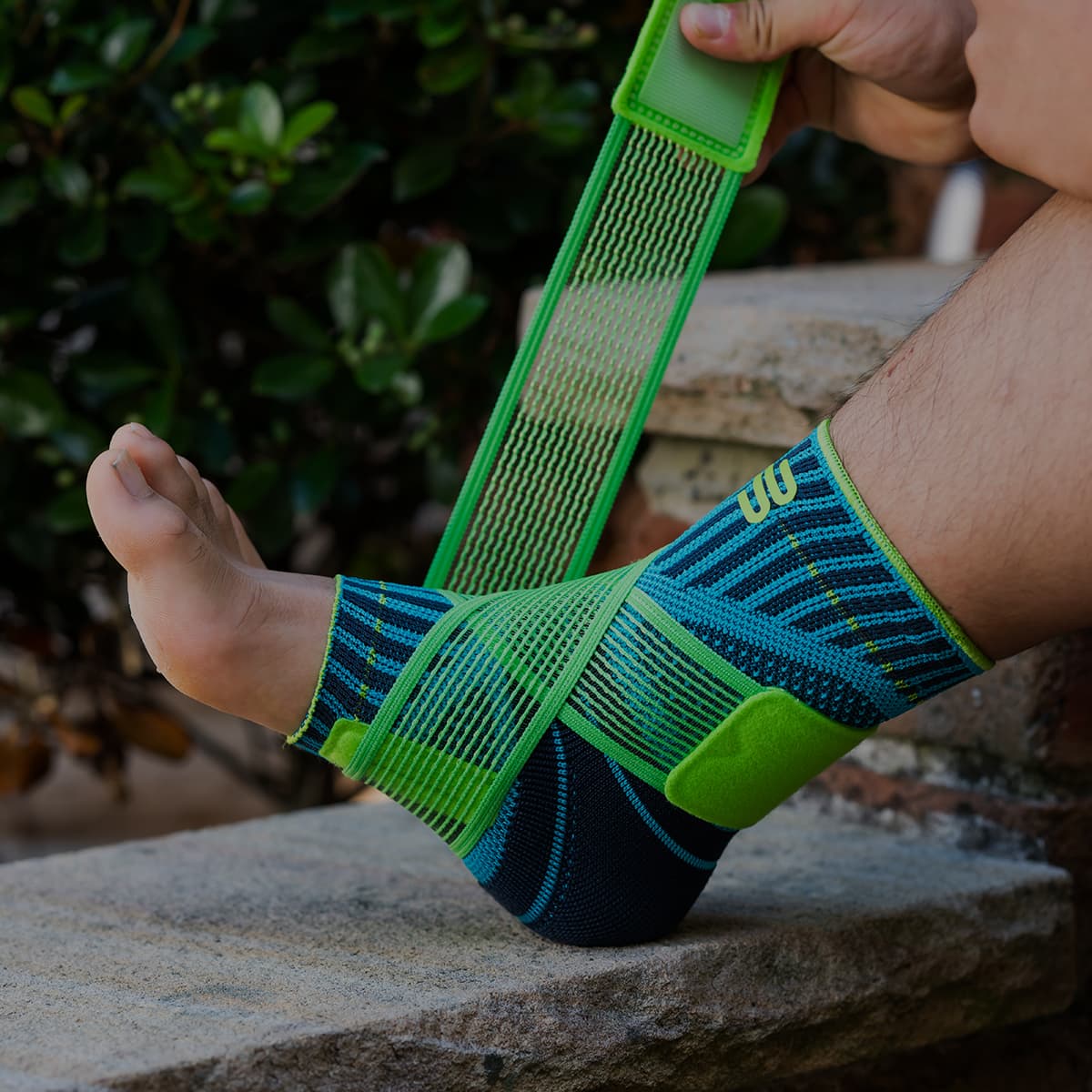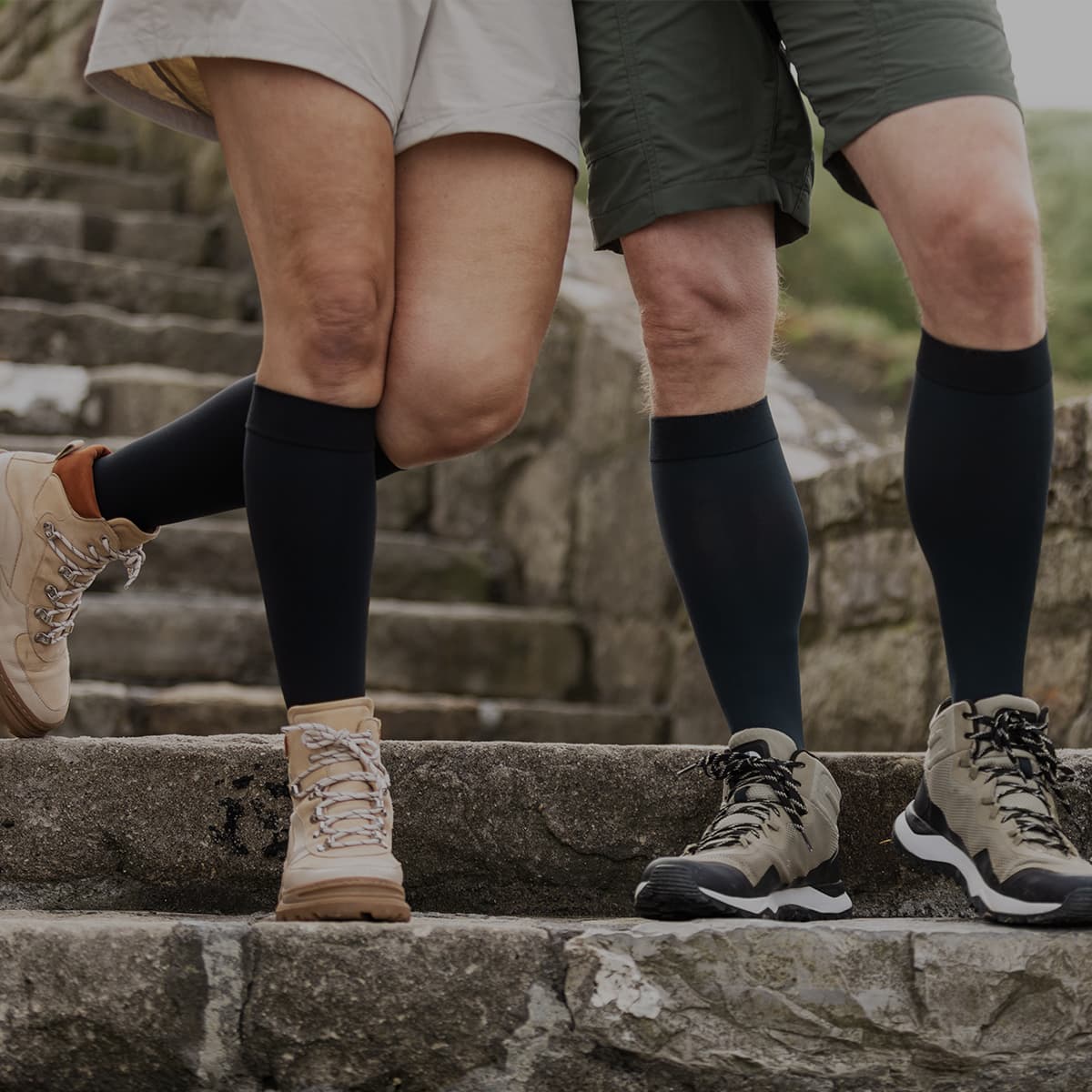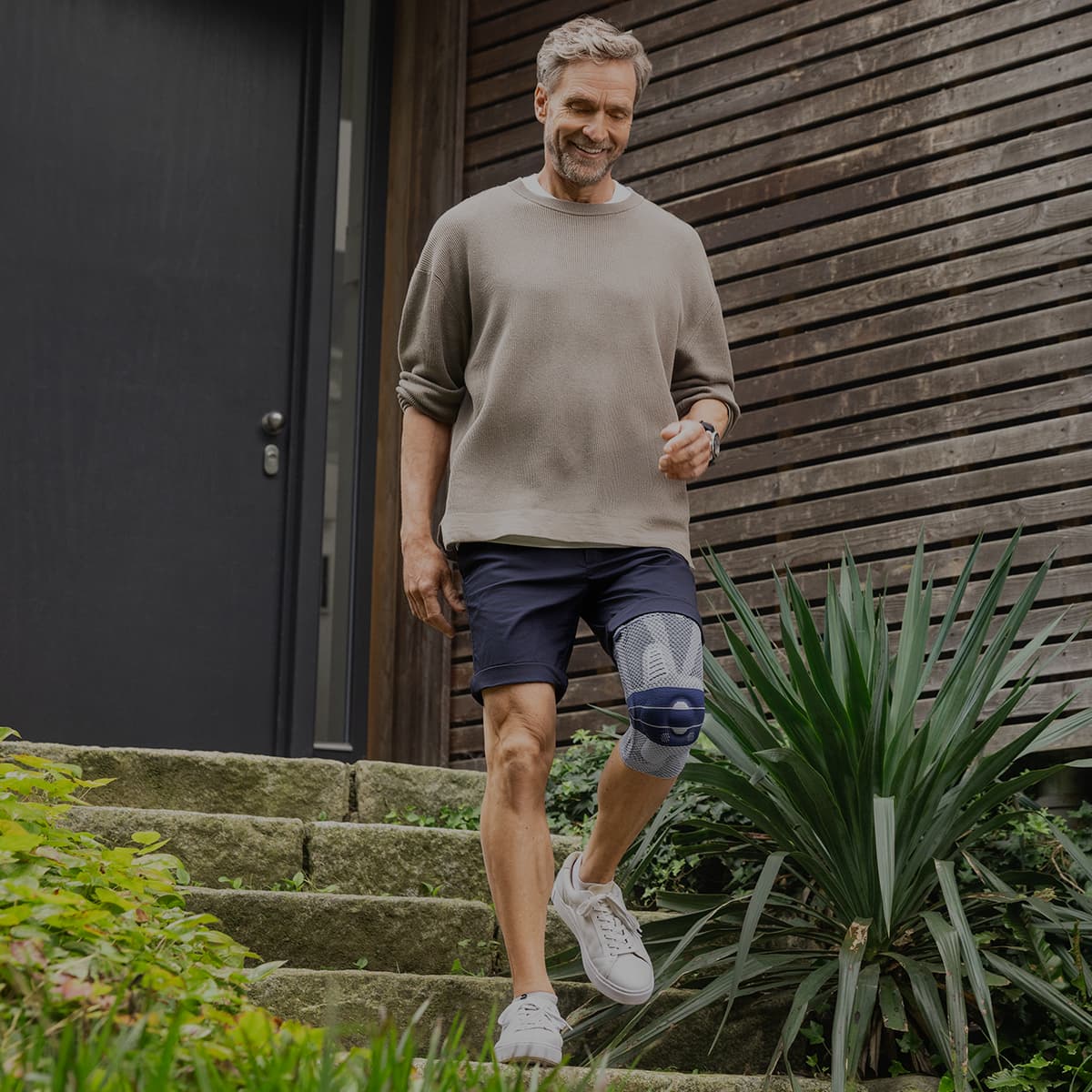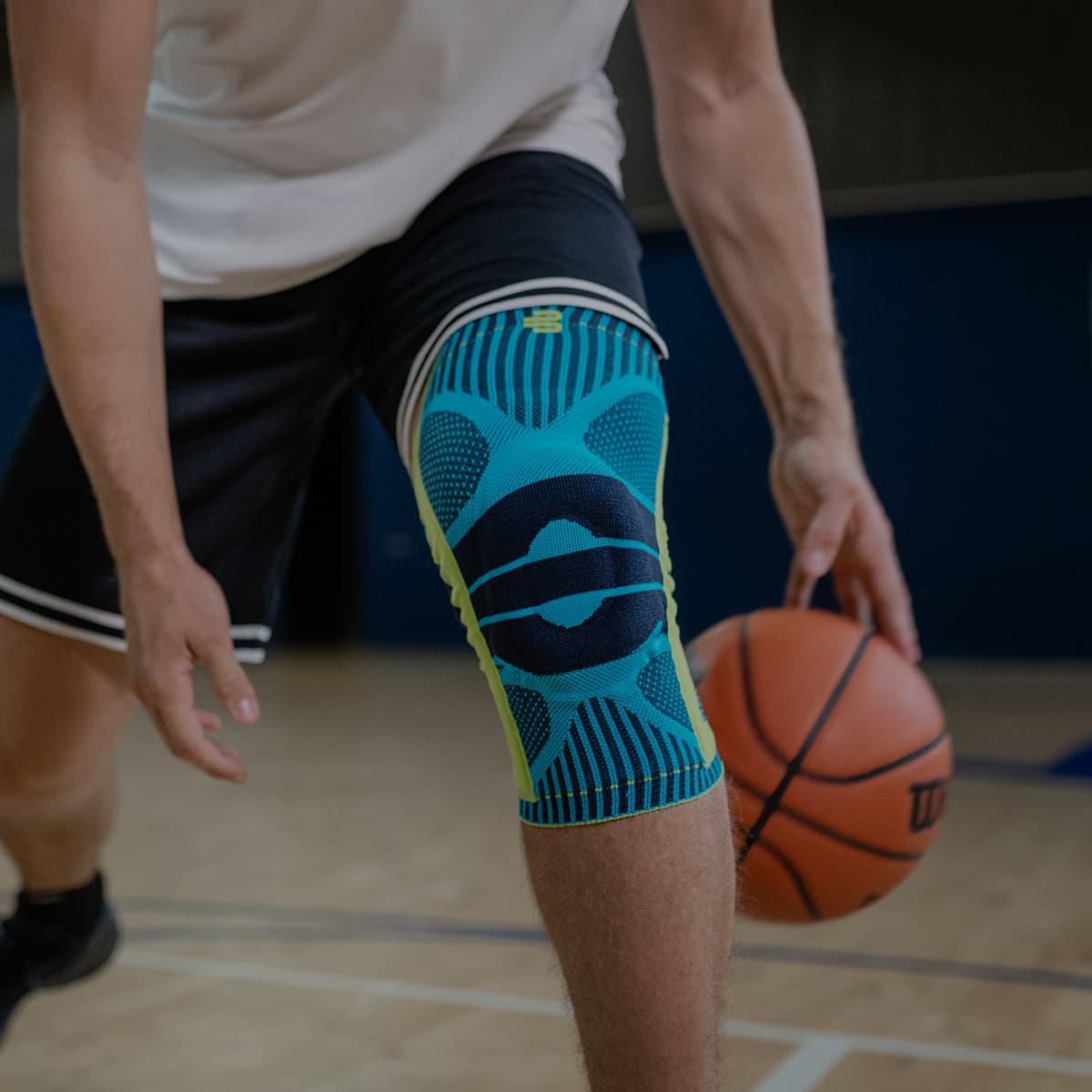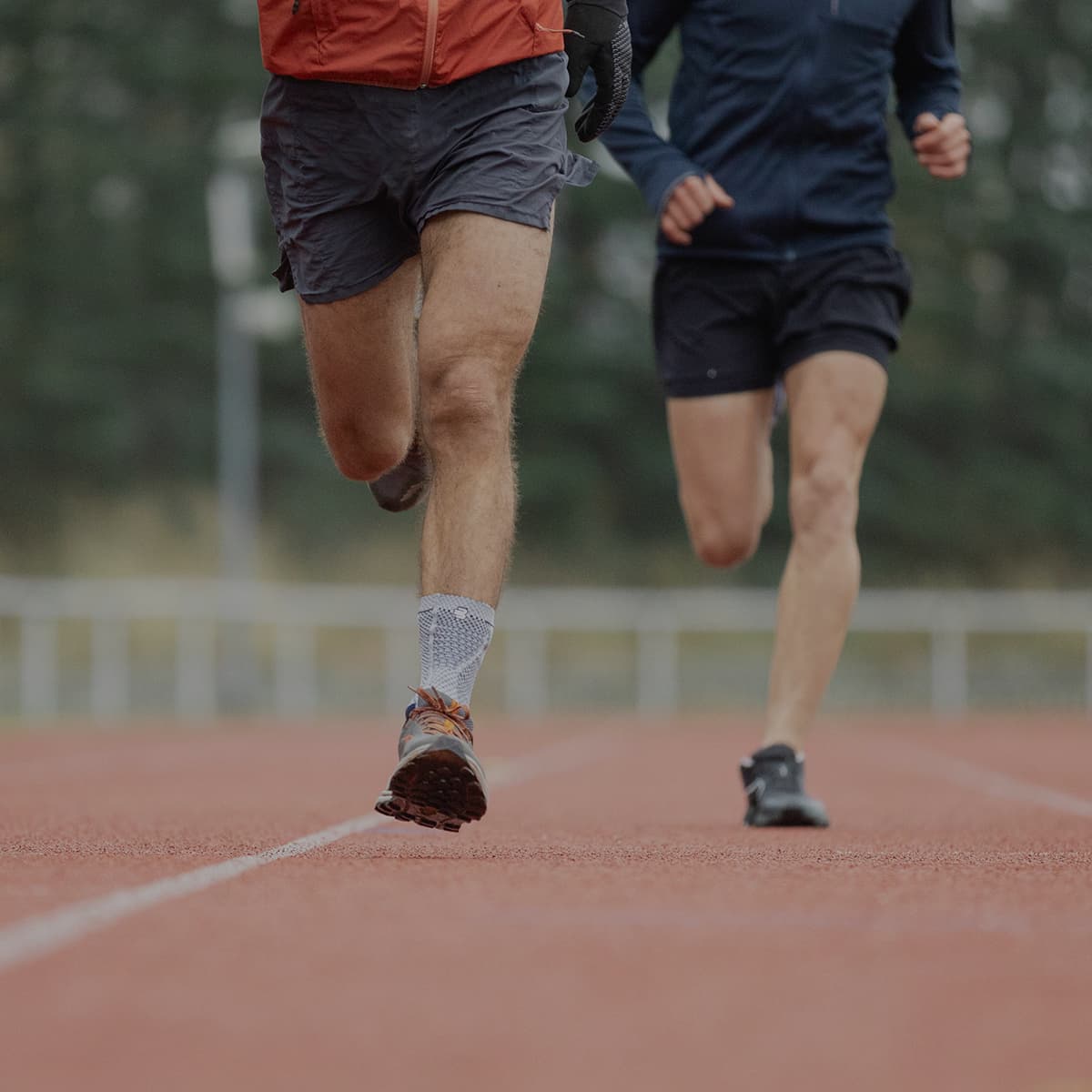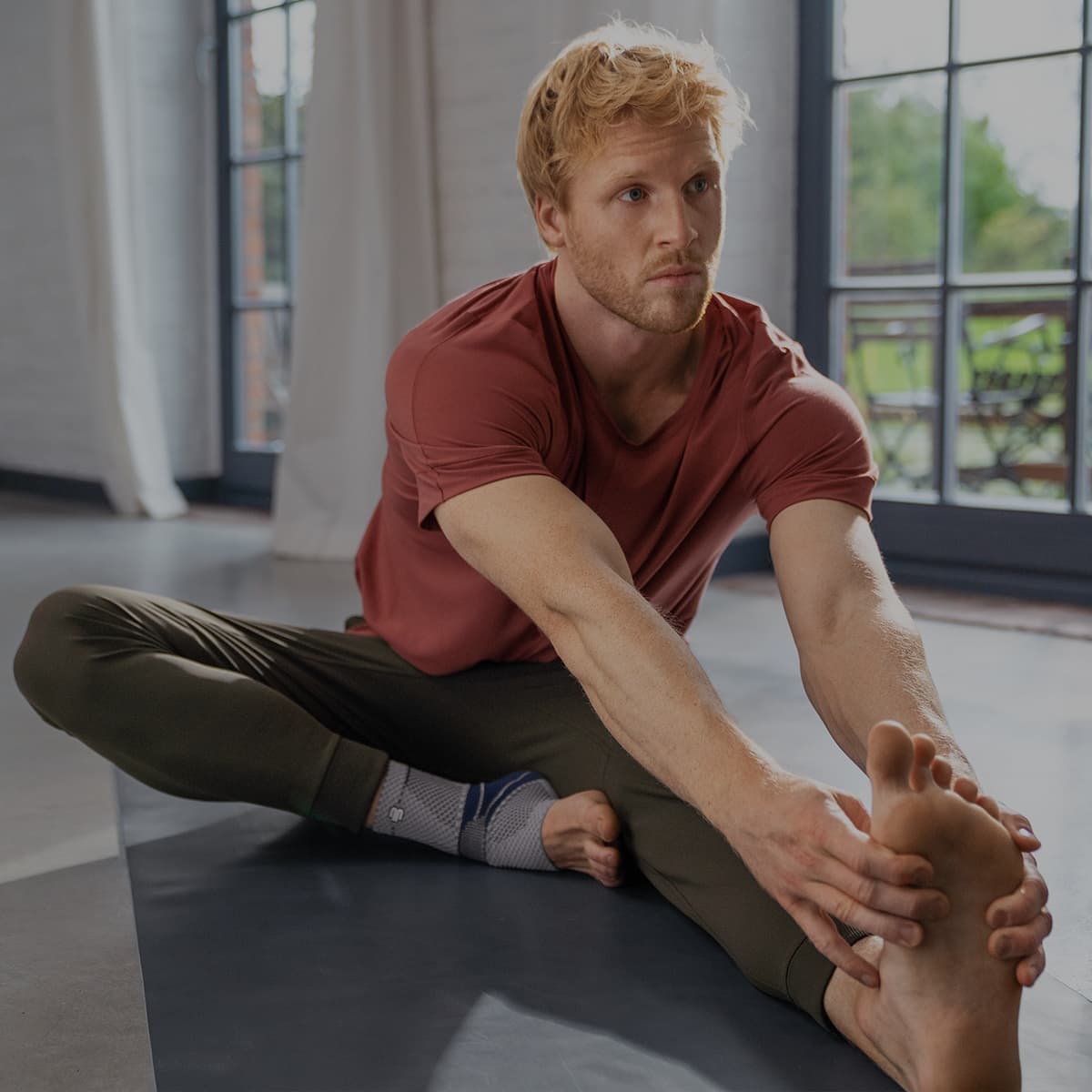Fractured wrists are one of the most common bone injuries, with one in every ten fractures being the wrist. If you have suffered one of these injuries, or if you play contact sports, it can be handy to know how to identify the type of fracture as well as how to treat a fractured wrist at home.
Common causes of a fractured wrist
The most common type of wrist fracture is known as a distal radius fracture, and this type of injury is quite frequent in contact sports and for skiers and bike riders. People with osteoporosis and arthritis are also at an increased risk of suffering a wrist fracture.
The severity of a fracture ranges from a mild hairline fracture that causes irritation and mild pain, all the way to a compound fracture where the bone breaks through the tissue (and sometimes the skin) causing significant pain.
If you’ve injured yourself this way, or are unsure if you’ve fractured your wrist, the best thing to do is see a doctor, and in an emergency always go to the hospital. That being said, there’s a range of symptoms for milder fractures that you can keep an eye out for, including:
- Tenderness in the wrist.
- Pain in the area, especially when moving the wrist.
- Bruising around the area.
- Swelling.
- Unusual positioning of the wrist joint, where it appears bent or twisted.
If you notice any of the following symptoms then you should go straight to the emergency room
- The wrist, hand or arm becomes numb.
- Your fingers become pale.
- Your wrist is in considerable pain.
Taking care of a mild to moderate fracture can be done at home, and is especially useful when medical assistance is not immediately available, under unusual circumstances like COVID-19 or when it’s mild enough that you can manage it yourself.
How to treat a fractured wrist at home
A step by step guide from when it happens to recovery and long-term treatment.
Step 1. First Aid
When you first receive the injury and suspect a fracture, follow the RICE principle (Rest, Ice, Compress, Elevate). If the injury appears to quickly worsen or becomes increasingly concerning, seek immediate medical assistance.
Step 2. Immobilise
Keeping the wrist joint immobilised in the early stages of recovery is the best thing to do to allow for quick healing of the fracture. Using a rigid wrist splint like the ManuLoc Wrist Support keeps the joint stable and still allows for use of the fingers and thumb, minimising the interruption on your life.

Step 3. Support
After 2-3 weeks you can start transitioning from rigid support to compressive support. Whether it’s firm wrist bandaging or wrist support like the ManuTrain, using compression provides muscular stability to the wrist area as well as gel support and strapping, for pain relief.
Step 4. Long-term Wrist care
Now that your wrist is out of support and healing, for the most part, taking care of it to speed up recovery and avoid reinjury. Here are some simple tips:
- Targeted stretches and strengthening to keep the joints limber and strong.
- Wear a wrist brace or support while playing sport and engaging in more physical activities where there’s a strain on your wrist or a higher than normal risk of falling.
- Avoid overstraining the wrist, resting it occasionally when you’re using it for extended periods of time.
By practising these tips, and consulting with your GP or physio, you can take care of a fractured wrist in confidence.
For assistance selecting the right product for your needs, book a video consultation with a Bauerfeind expert: Book Video Call, or call us on 1300 668 466.
Do you have private health? Most private health extras will cover Bauerfeind Products, check to see if yours is included. Bauerfeind Private Health Insurance Enquiry.
Bauerfeind products are developed at our innovation and manufacturing facility in Zeulenroda, Germany. Based on years of scientific research, our award-winning braces and support garments are highly recommended by medical professionals and athletes worldwide.

